How To Be a Better PWC Tow Driver
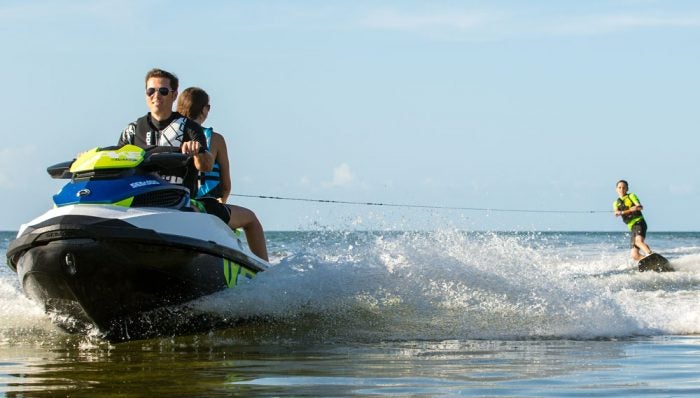
While a personal watercraft can make for an awesome tow vehicle, you need to be a good PWC tow driver to make the ride as enjoyable as possible.
Personal watercraft continue to be increasingly used for towing, whether that towing is simply pulling the kids on an inflatable or a set of combo skis or hardcore boarders using a PWC’s agility to get up close and personal with skate park-like obstacles to jump or slide. As many riders will firmly attest, however, PWC don’t always deliver the best ride. Don’t blame the machine. Much of the time it’s the drivers themselves, and habits ingrained from years of riding for personal pleasure and thrills.
Here are five simple things you can do as a driver to change those habits…and deliver the best possible ride to those in tow.
Relinquish Control of the Throttle
PWC operators tend to vary the throttle a lot, punching it one minute only to let off the next. You probably don’t even realize how often you do it. Sports like skiing and wakeboarding, however, demand a consistent speed so that the rider doesn’t feel constantly pulled or jerked. It’s not an easy task to do manually. Trigger throttles are quite sensitive, and wind, wakes and other influences often align against you.
The solution? Take that throttle finger out of the equation. Cruise control isn’t just for extended journeys, it’s also an excellent way to hold the most steady speed when towing. Once set, speed will more or less stay steady, with cruise control even compensating for the natural drop-off or surge in speed most drivers encounter when turning. Cruise control also allows for minute adjustments, with systems offering simple up-down buttons to gradually increase or decrease speed until things are dialed in just right.
Tame Your Engine Response
Part of a PWC’s “jerkiness” with a human hand controlling the throttle is also the result of the incredible responsiveness of most PWC engines. That same response you love when riding solo is often hated by those at the end of a towrope. If you can’t rely on cruise control to keep things steady, consider activating a craft’s “slow” mode if so equipped. Response will be tamed, while top speed should still remain more than enough to satisfy most riders.
Drive Straighter Paths
With the exception of tubing, most watersports enthusiasts also appreciate a nice straight path to get their best results. Many PWC drivers, however, tend to wander, even if only slightly. Maybe it’s the feeling of handlebars versus a steering wheel, or just a PWC’s nimble hull design, but the end result often resembles more of a squiggly line than a straight-as-an-arrow path.
As a driver, fix the problem by focusing not on the water directly ahead but rather an object off in the distance. Choose a house, a tower or electric pole, or any fixed object as your target and simply drive towards it. Your line will be much straighter, and your rider far happier.
Rely On Your Spotter…Not Your Mirrors
Rearview mirrors are great, but when towing the driver shouldn’t be concerned about watching the rider in the wake. That’s the spotter’s job. Instead, the driver should focus on the water ahead, plotting a course that keeps the ride safe, free from obstructions, and as bump-free as possible.
Before you get underway, make sure both rider and spotter know the basic hand signals (faster, slower, cut the engine, return to shore), and once on the water rely on that spotter to relay that information to you. And though it may seem obvious, make sure that spotter is of legal age in your state…and responsible enough to focus on the task at hand.
Don’t Rush Back to a Fallen Rider
It’s essential to get back to a fallen rider to ensure their safety, but don’t take a fall as your opportunity to floor the throttle and crank an aggressive turn. That type of driving will only mess up the water once your skier or rider gets underway again. Instead, release the throttle, slow to idle speed, then turn and head back to the downed rider. A slow pace also is best for keeping an eye on the rider in the water, as well as managing the towrope trailing behind your craft.
Get PersonalWatercraft.com in your Inbox!
Like PersonalWatercraft.com on Facebook
Comments
Most Popular

Remembering the Sea-Doo XP

2025 Yamaha JetBlaster PRO 2-Up Review

2024 Kawasaki Jet Ski STX 160X Review

2024 Yamaha GP HO Review

2017 Kawasaki Jet Ski Ultra 310LX Review




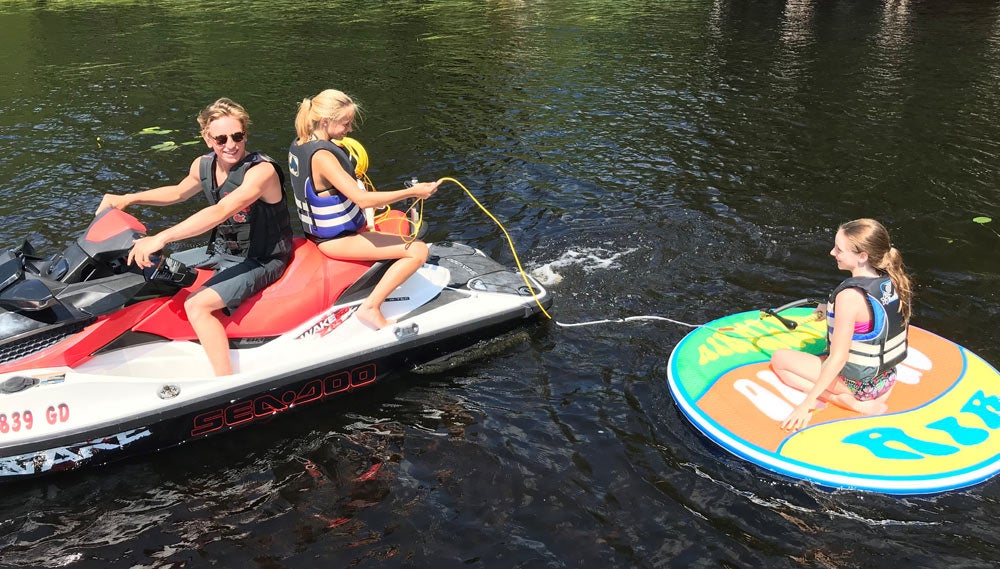
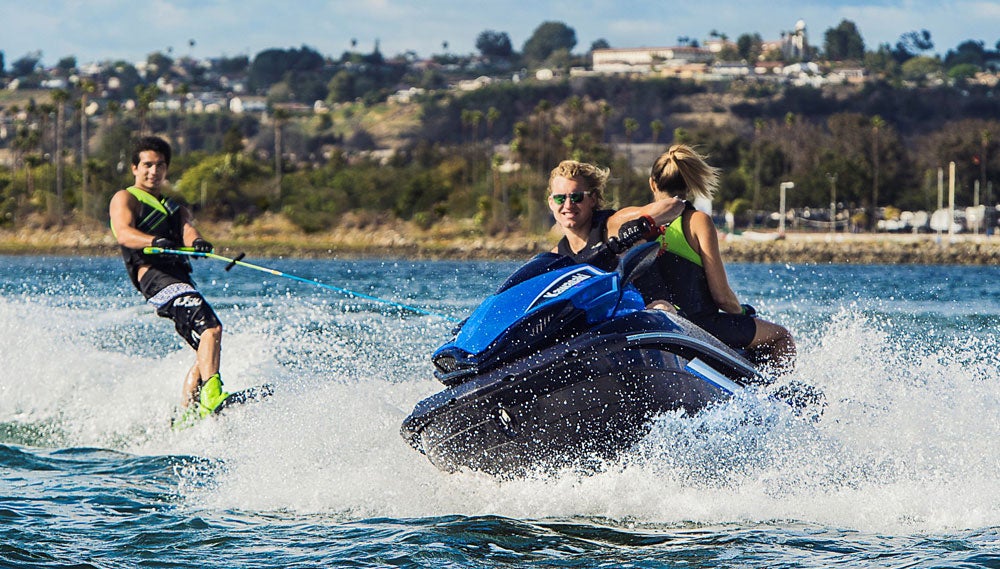


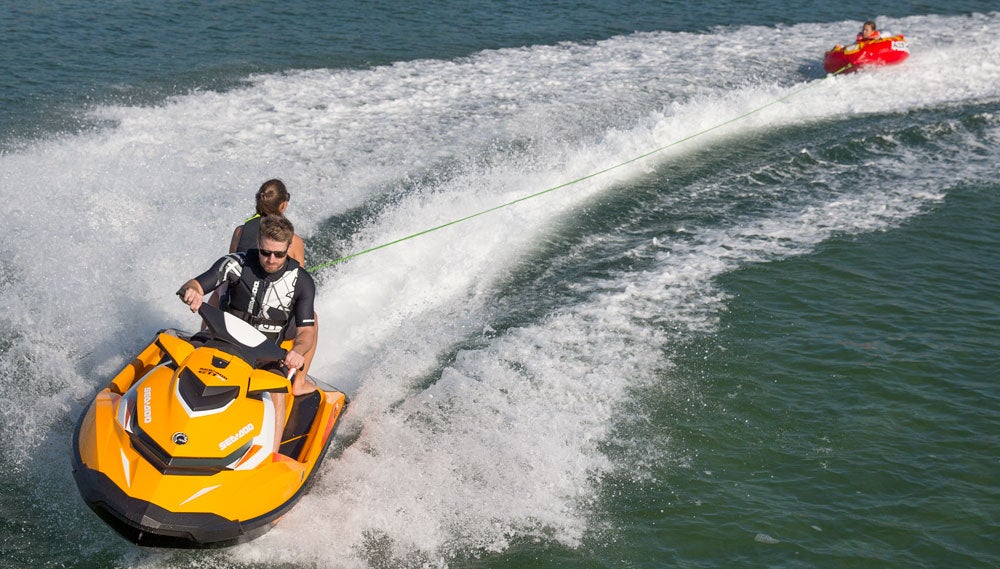
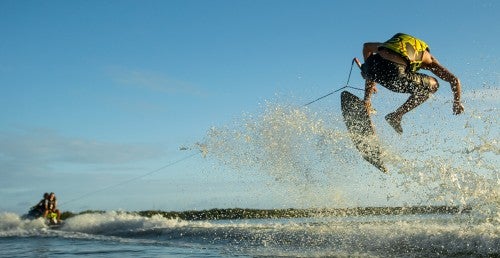







 Your Privacy Choices
Your Privacy Choices